Multi-pet Households: Can My Cat and Dog Live Together?
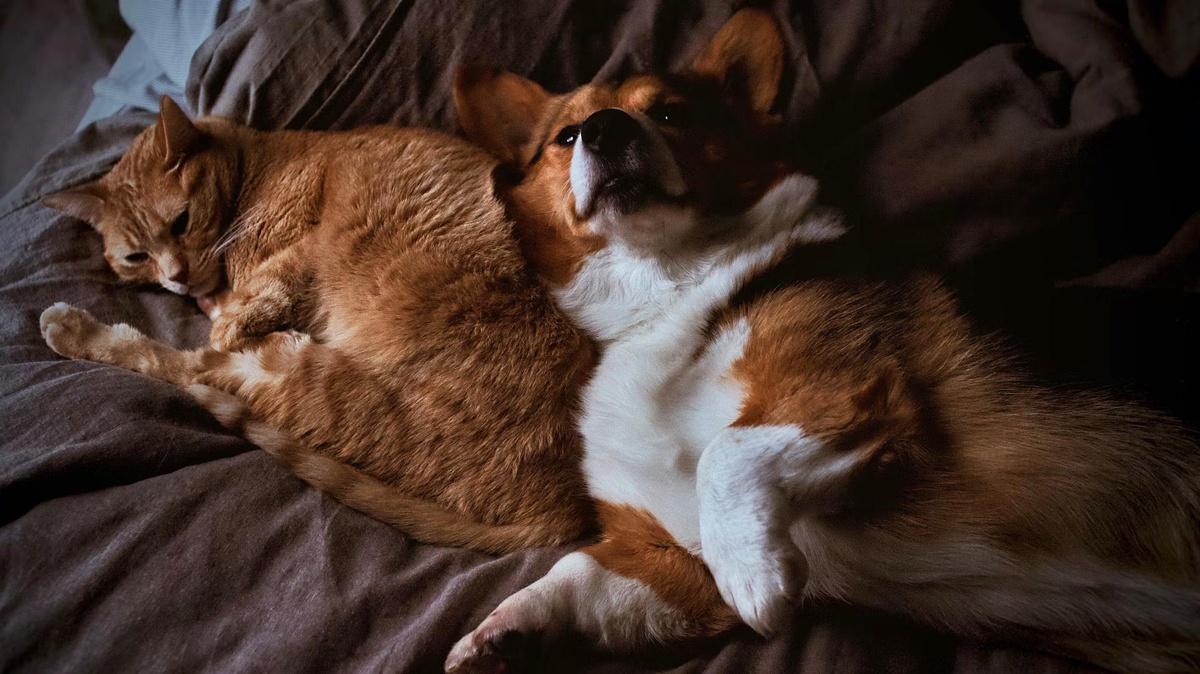
Source: Brianna Tucker on Unsplash
These days, the Internet is full of videos of cats and dogs snuggling, playing and eating together. Maybe you have seen one of these adorable clips and wondered: can cats and dogs truly be friends?
Happily, the answer is yes! Cats and dogs can often successfully coexist in the same household. However, whether they are able to tolerate or befriend each other depends on both of their personalities and preferences. Like human roommates, a cat and dog may simply be unable to live peacefully together.
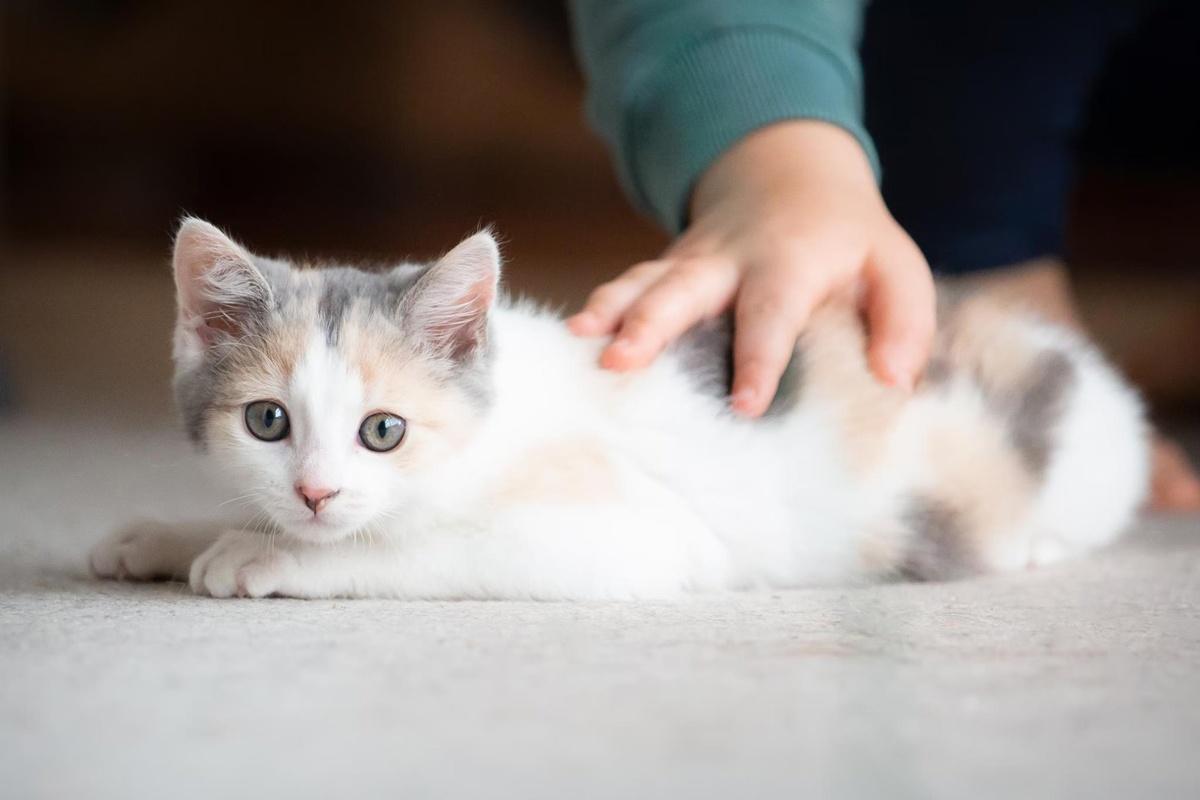
Source: Emma Diack on Unsplash
The most important key to cat-and-dog harmony is the introduction. Without the proper introduction, your pets may become hostile to each other and unable to co-exist.
While some owners opt for an immediate face-too-face introduction with one person holding each pet, a gradual introduction may be more suitable for your pets, especially if you think they would not handle an immediate interaction well.
The following steps are one method of gradual introduction you can try!
- Assign your new pet their own ‘core spaces’ with food, water and toys. Leave the usual areas your existing pet enjoys spending time in unchanged.
- Try ‘scent swapping’ by starting to introduce each other’s toys or a blanket into their spaces, so your pets can get used to each other’s scents.
- You can then start gradual physical interactions by having your pets see each other through a barrier such as a door or baby gate
- Engage your pets with a toy or let them eat their food where they can see each other, This creates positive associations between their presence and a reward.
- If your cat decides to enter your dog’s area, supervise their interaction and preferably have your dog on a lead or have a second person nearby.
- Once your pets have acclimated to each other through these controlled interactions, you can consider supervised interactions in the same place, and eventually no restrictions between your cat and dog.
Of course, every pet is different! The time each step takes or how quickly they get along depends on your pets’ personalities and needs.
Things to Look Out For:
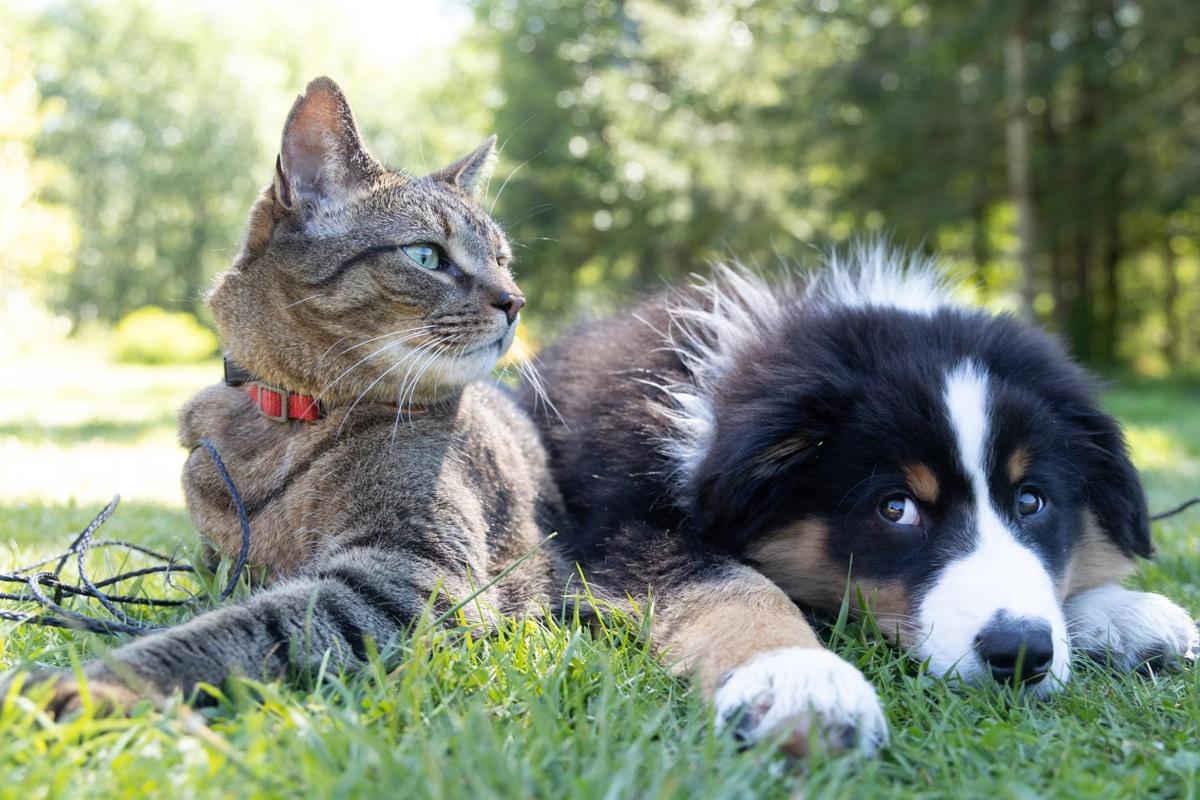
Source: Andrew S on Unsplash
Unfortunately, a big dog is easily able to seriously injure your cat. If your dog has a strong prey drive or is easily excitable and constantly fixated on your cat–these are signals that a dangerous situation may arise.
The goal to achieve harmony in your household is to take away this fixation. Your dog should be ‘desensitised’ to your cat, not seeing them as prey. Usually, a successful introduction that involves positive association, as in the one above, achieves this, and your cat and dog may start to spend time alone together.
However, if this does not work, you could try different desensitisation training methods with your pooch instead, such as the Look at That (LAT) method.
The LAT method aims to train your dog to look at your cat and the at you respectively, effectively breaking her fixation on your cat.
Using a clicker, call your dog while she is at a distance away from your cat. The distance should be far enough from your cat that she still responds to her name and is not too fixated on the cat.
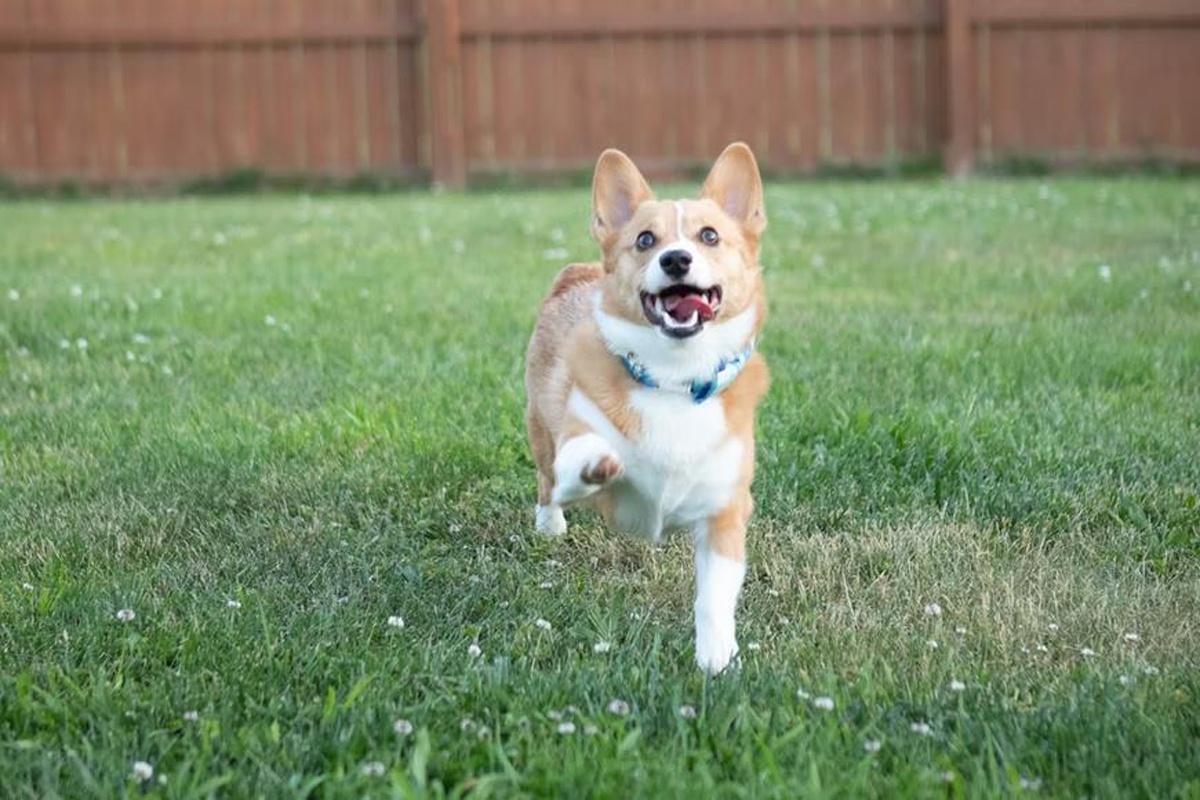
Source: Joshua Patton on Unsplash
Each time your dog looks at your cat, and then responds when you call her and click, reward her with a treat. As the exercise repeats, your dog should start to look at you expectantly after looking at the cat, before you call her.
If she still remains or becomes increasingly fixated as you reduce the distance between them, move further away again and start over.
The goal is to shorten the distance until your dog can be near your cat without being fixated on the cat, as she would be able to voluntarily look over at you instead.
You can find out more about the LAT method here.
No Alone Time
As mentioned, initially your cat and dog should not be left alone together, unsupervised. Only once the introductory stage appears successful should you consider allowing them to be in the same area together, supervised at first, before eventually allowing them to be together whenever they choose.
Core Spaces
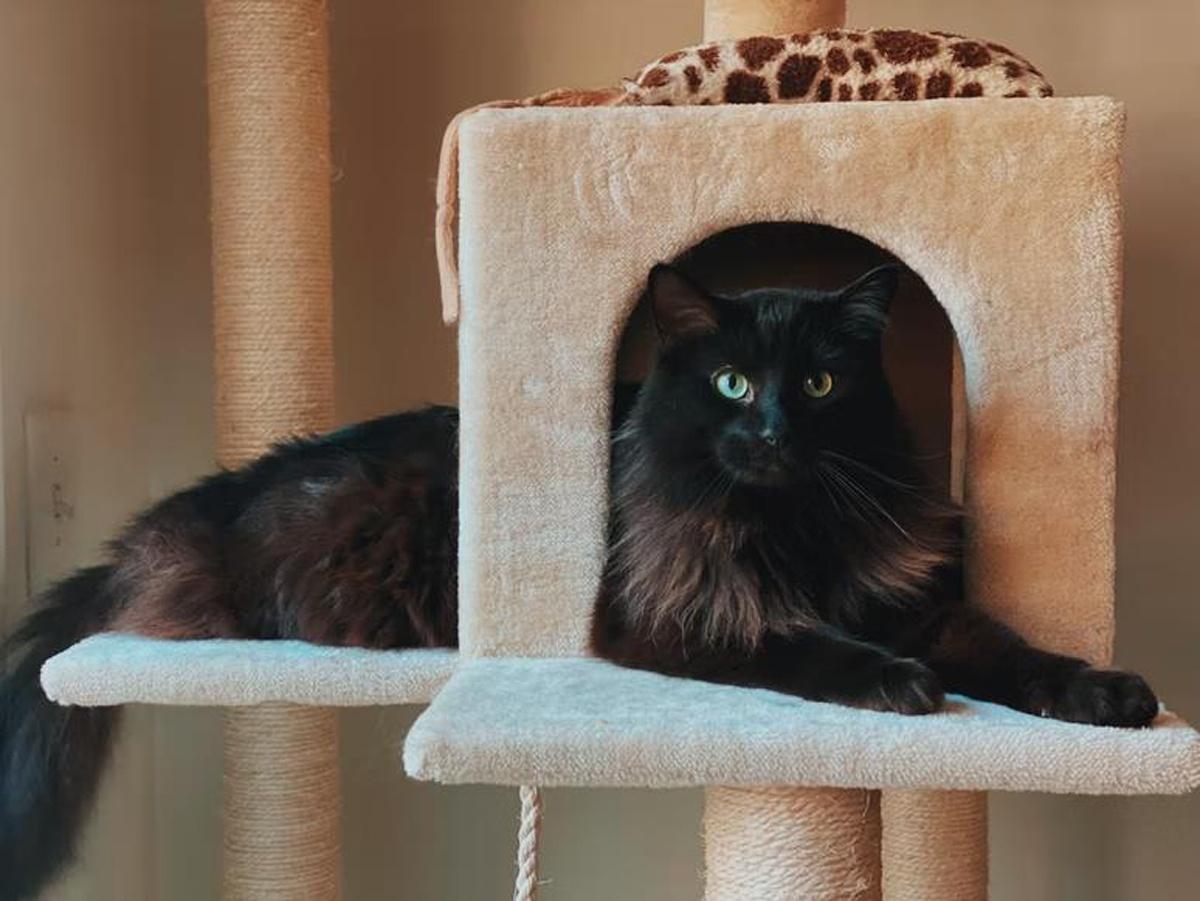
Source: Madalyn Cox on Unsplash
Letting your pet have their own personal space is important for them to be able to relax in or retreat to if they’re stressed.
If you’re introducing a cat or dog to a pre-exisiting pet, ensure your current pet has a personal space that will be unaccessed by the new-comer. Your new cat or dog should also have their own personal area such as a dedicated room with their food, water, toys, litter box (for cats) and bedding in order to acclimatise to their surroundings gradually.
During the introductory stage, it’s a good idea to carry out the sessions in a space where your cat is able to easily leave if they are stressed.
Even after your pets are comfortable in your home, maintaining little core spaces for your individual pets are a good idea to promote a happy, relaxed multi-pet household.
Positive Association
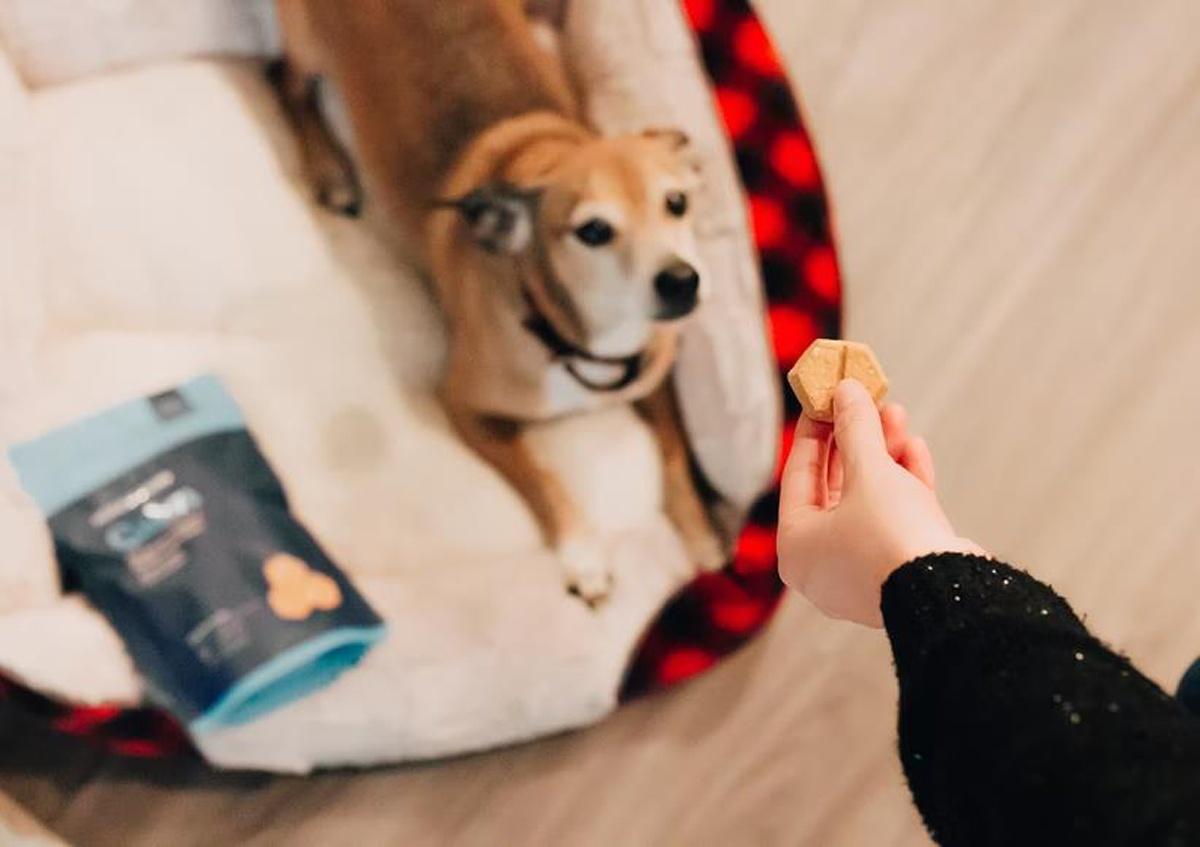
Source: Honest Paws on Unsplash
You may have noticed that all these introductions include an aspect of positive association. That is–creating a positive connection between the other pet and a reward, such as food or attention.
It’s important to keep using treats or toys to build these associations, as opposed to getting frustrated with your pet, as a negative reaction may exacerbate unwanted behaviour in your pets.
Seeking Help
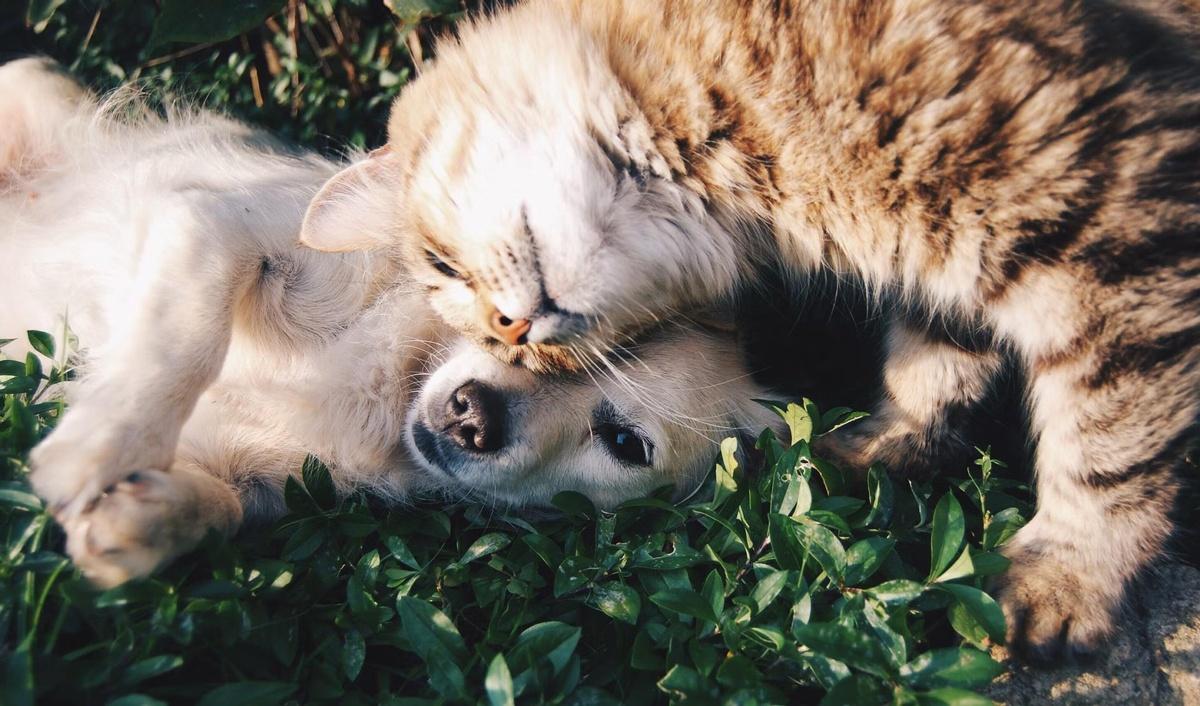
Source: Krista Mangulsone on Unsplash
If you find our pets aren’t getting along even after trying a few methods at home, it may be time to seek a veterinarian’s opinion. Leaving poor behaviour for an extended time may ingrain them in your cat and dog, or cause them prolonged anxiety.
Your vet may be able to give you helpful tips, or refer you to a behaviourist.
Harmony in multi-pet households is possible!







